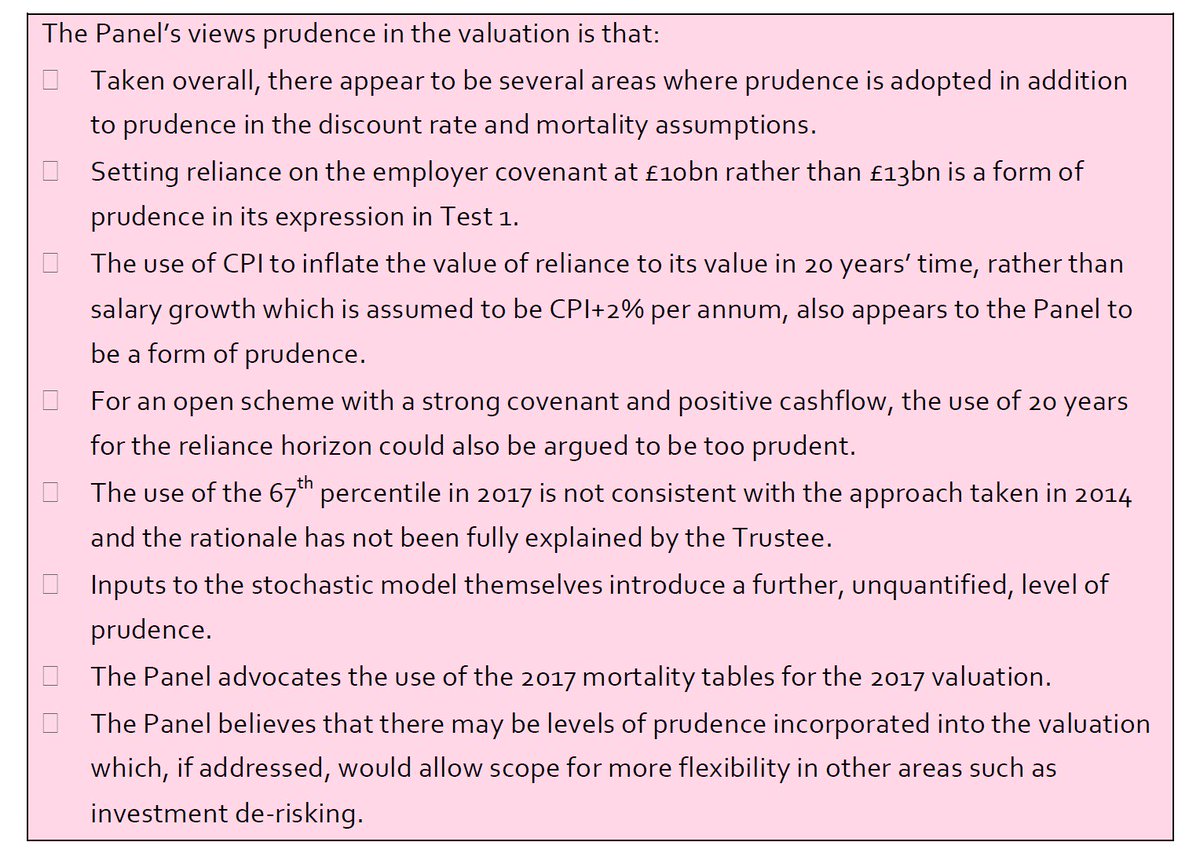The #USS dispute exposed a schism between Dons & Bursars of @Cambridge_Uni. We learn from linked FT piece that Cambridge's recently created post of CFO was created in order to provide "a senior leader" to take ownership of their £1 bn housing project. 1/
ftalphaville.ft.com/2018/09/27/153…
ftalphaville.ft.com/2018/09/27/153…
That CFO, Anthony Odgers, formerly a high-flying investment banker at Lehmann Bros & Deutsche Bank, was, we have learned from FOI releases of minutes, a driving force behind the university's push for a 'less risk' response to the Sept valuation... 2/
...in order to make the case for closure of DB to future accrual. In one of these minutes, I get blamed for creating tensions w/in Cambridge Colleges, when I was simply publicising Odgers's views! See embedded tweet: 3/3
https://twitter.com/MikeOtsuka/status/982279012566355968
• • •
Missing some Tweet in this thread? You can try to
force a refresh







